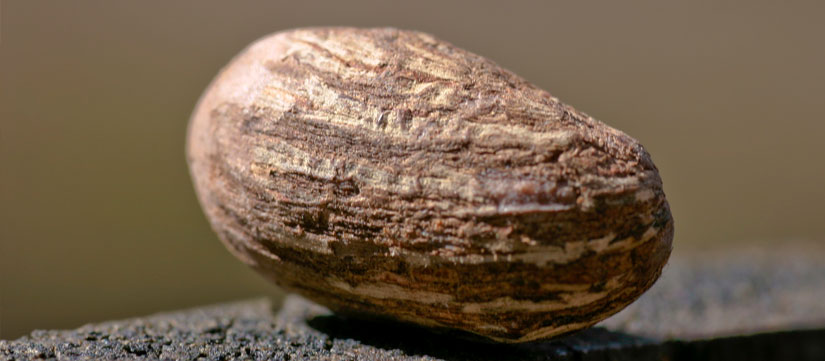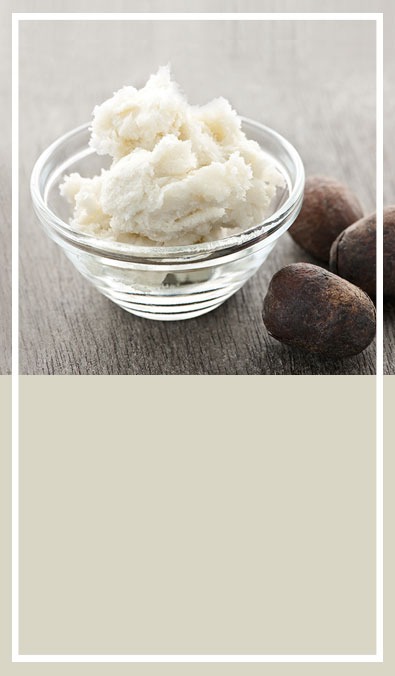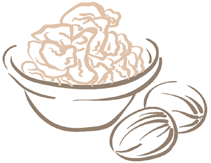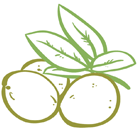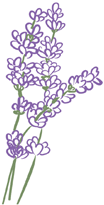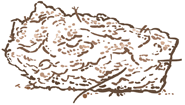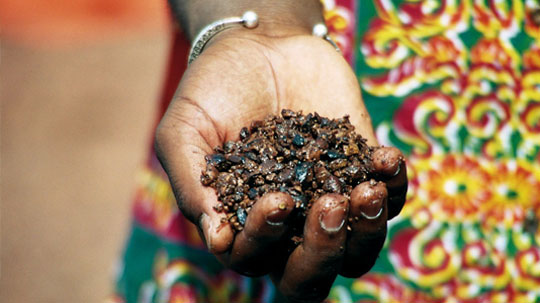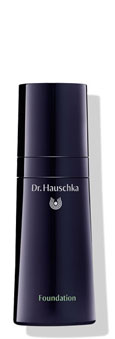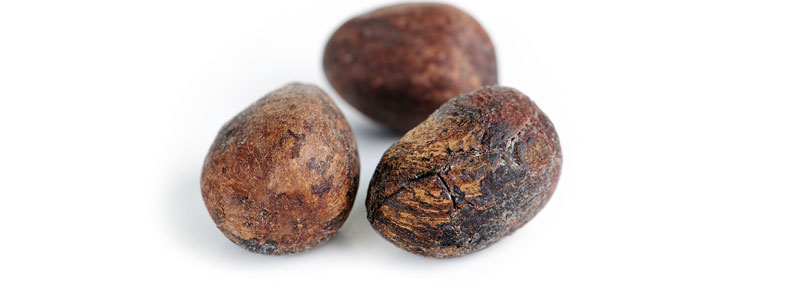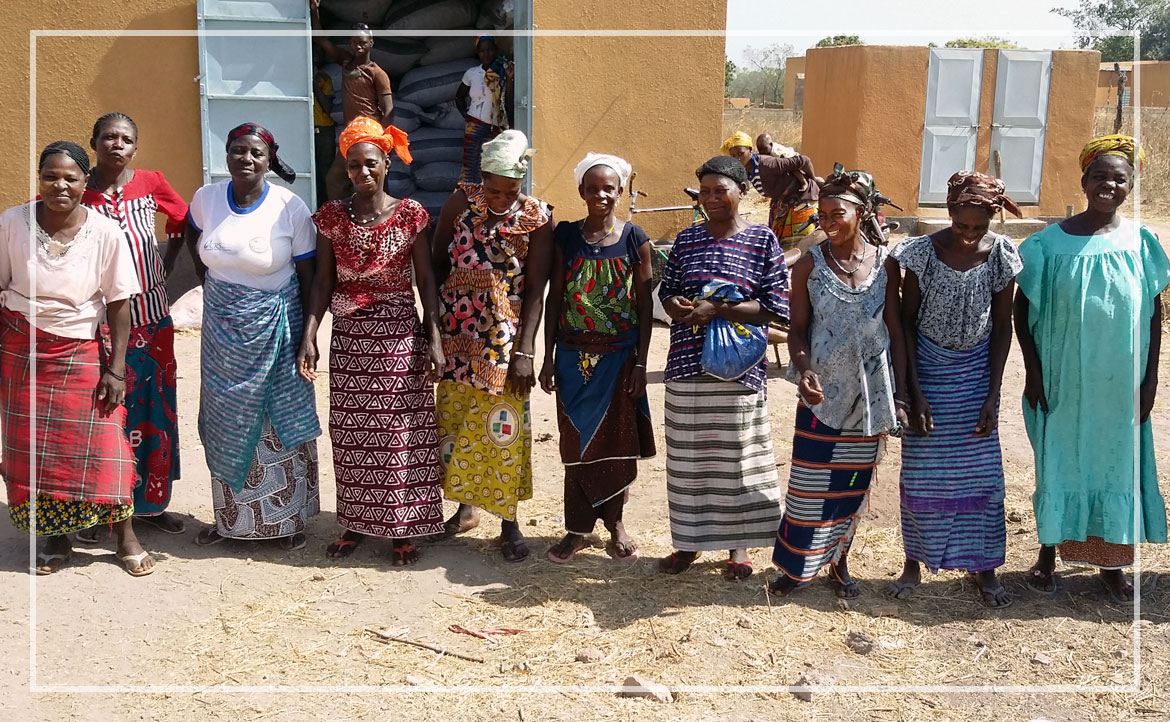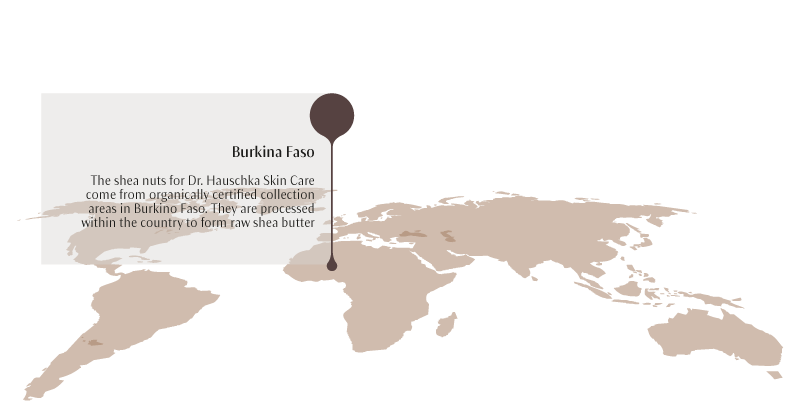Raw material profile
The shea tree (Butyrospermum parkii) is extremely rare. It is natively found in the Savannah regions of the Sudan and the source region of the Niger and the upper Nile. Its natural habitat spans a restricted, approximated 300 km wide region from Mali through Burkino Faso to Ghana, Togo and Benin. It is only here, and nowhere else in the world, that this tree flourishes.
The gnarled shea tree grows to a height of 10 to 15 metres and can easily cope with arid conditions. The lactiferous tree with its leathery leaves does not flower until it is 20 years old but then does so all year round. It reaches maximum productive capacity at the age of 50, then remains fully productive for more than 100 years.
It is the green plum-shaped fruits, which become brown when they ripen, that make the shea tree of interest to humans. From a botanical perspective, these are berries with a diameter of up to four centimetres. With a fat content of over 50 percent, the kernels, which we know as shea nuts, are a sought-after source of nutritional and skin care fat in their African homeland. The sweet fruit purée is also eaten. The shea butter obtained from the shea nuts now has its followers all over the world. This is rich in fats with long-chain saturated and simple unsaturated fatty acids as well as structure-giving unsaponifiables. These give the lipid a melting, buttery character. The vitamin E and provitamin A contained prevent shea butter from becoming rancid.
In Germany, shea butter products were first imported at the end of the 19th century. The first large-scale practical tests of its use in skin care were performed between 1930 and 1952. The chemists were very enthusiastic about the high fat content of the fruits as well as about their long shelf life without preservatives. In the mid-1960s, shea butter disappeared from the world markets and was supplanted by the cocoa butter promoted by the industrial countries. In recent years, the valuable raw material has regained significance as a structure-giving natural substance in high-quality cosmetics.

